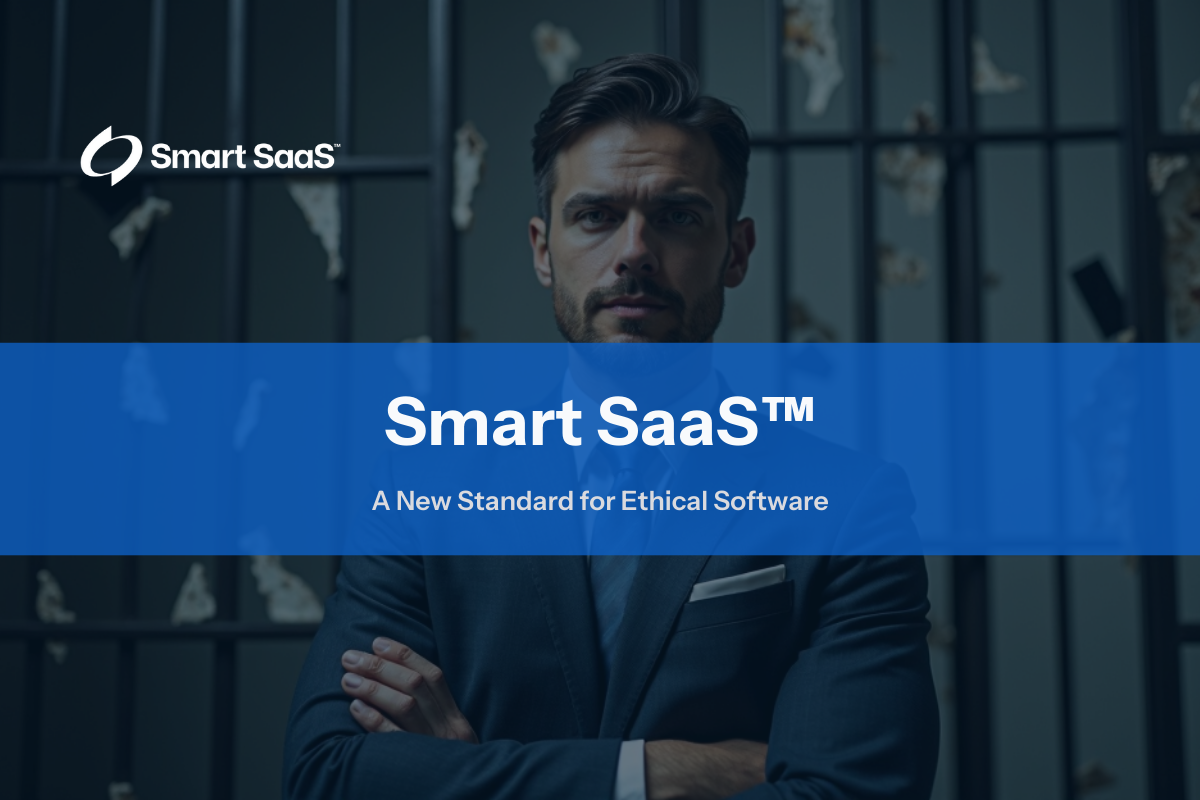

Wednesday, April 16, 2025
Kevin Anderson
For years, businesses have accepted opaque pricing, forced upgrades, and feature paywalls as part of “how SaaS works.” But just because it’s normal doesn’t make it right. The traditional SaaS model has evolved into one that rewards manipulation more than innovation. It’s time to break that cycle—and build something better. That’s where Smart SaaS™ comes in.

Smart SaaS™ is a new framework that redefines what ethical, scalable software should look like. It challenges legacy pricing models and platform strategies that thrive on vendor lock-in, surprise fees, and functionality gating.
Instead, Smart SaaS is built on five core values: Transparency, flexibility, ownership, simplicity, and scalability. It’s not a gimmick or marketing spin. It’s a fundamental shift in how software is bought, delivered, and used—with a focus on empowering the customer, not exploiting them.
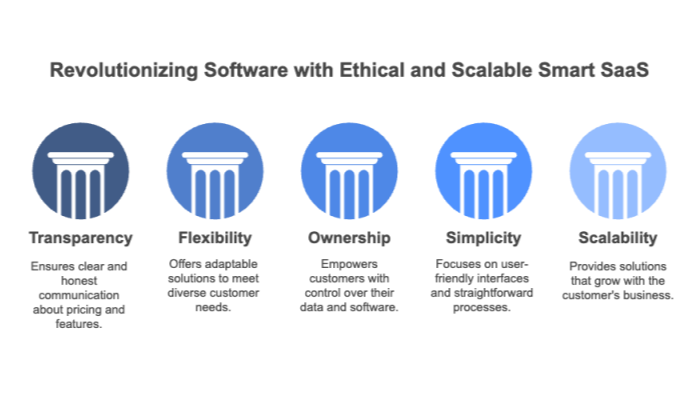

Somewhere along the line, SaaS vendors stopped selling solutions and started engineering traps. From auto-renewing contracts with obscure clauses (SaaS Billing: Sorting Out the Subscription Chaos) to usage thresholds that inflate bills overnight, businesses are no longer in control. Traditional SaaS prioritizes:
The result? Vendors grow faster than their customers—and customer satisfaction falls behind.


Let’s break down what Smart SaaS actually looks like in practice.
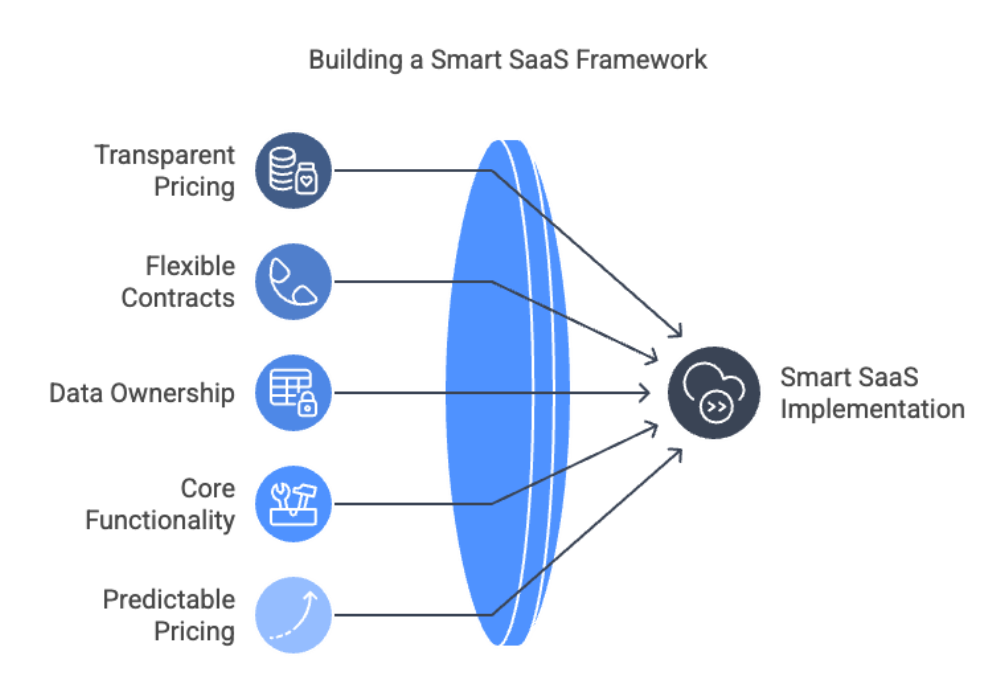

Smart SaaS isn’t a feel-good label. It’s a competitive advantage for vendors and customers alike. For customers, it means:
For vendors, it builds long-term loyalty, lower churn, stronger referral networks, and credibility in crowded markets. In a trust-driven economy, ethics and performance go hand in hand—a true business strategy.


| Feature | Traditional SaaS | Smart SaaS™ |
|---|---|---|
| Pricing transparency | “Contact sales” | Public, clear tiers |
| Essential features | Gated behind paywalls | Included by default |
| Data ownership | Vague policies | Full portability |
| Growth pricing | Usage escalators | Predictable scaling |
| Support and security | Extra cost tiers | Built-in and fair |

In the wake of economic tightening, budget scrutiny, and increased IT oversight, businesses are no longer willing to overpay for bloated bundles and unpredictable pricing. What they want is simple:
Smart SaaS answers that demand. And increasingly, buyers are voting with their budgets.
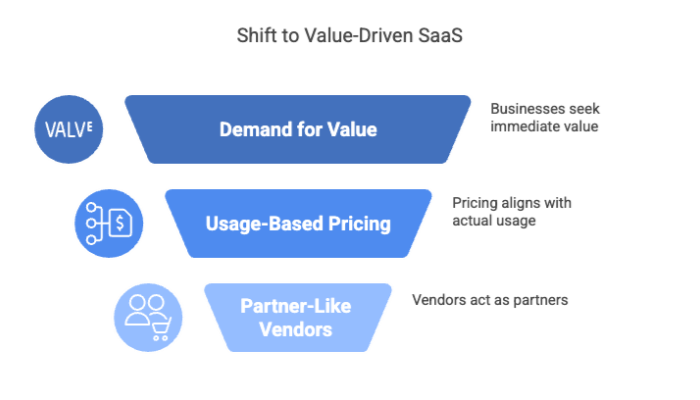

If you're a decision-maker, IT leader, or procurement pro, you don’t need to accept legacy software behavior. You can demand better. Start by:
This isn’t about being difficult. It’s about protecting your time, your team, and your margins.
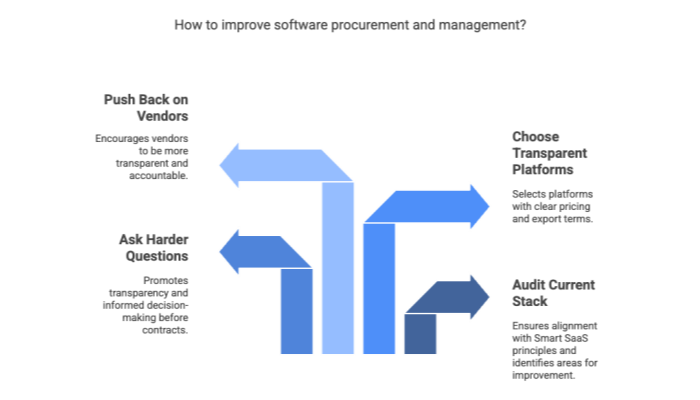

We don’t need another generation of software that grows fat on friction and confusion. What we need is a standard that treats businesses like partners—and software like a tool, not a trap. Smart SaaS™ is that standard. And the more companies demand it, the faster the industry will evolve.
